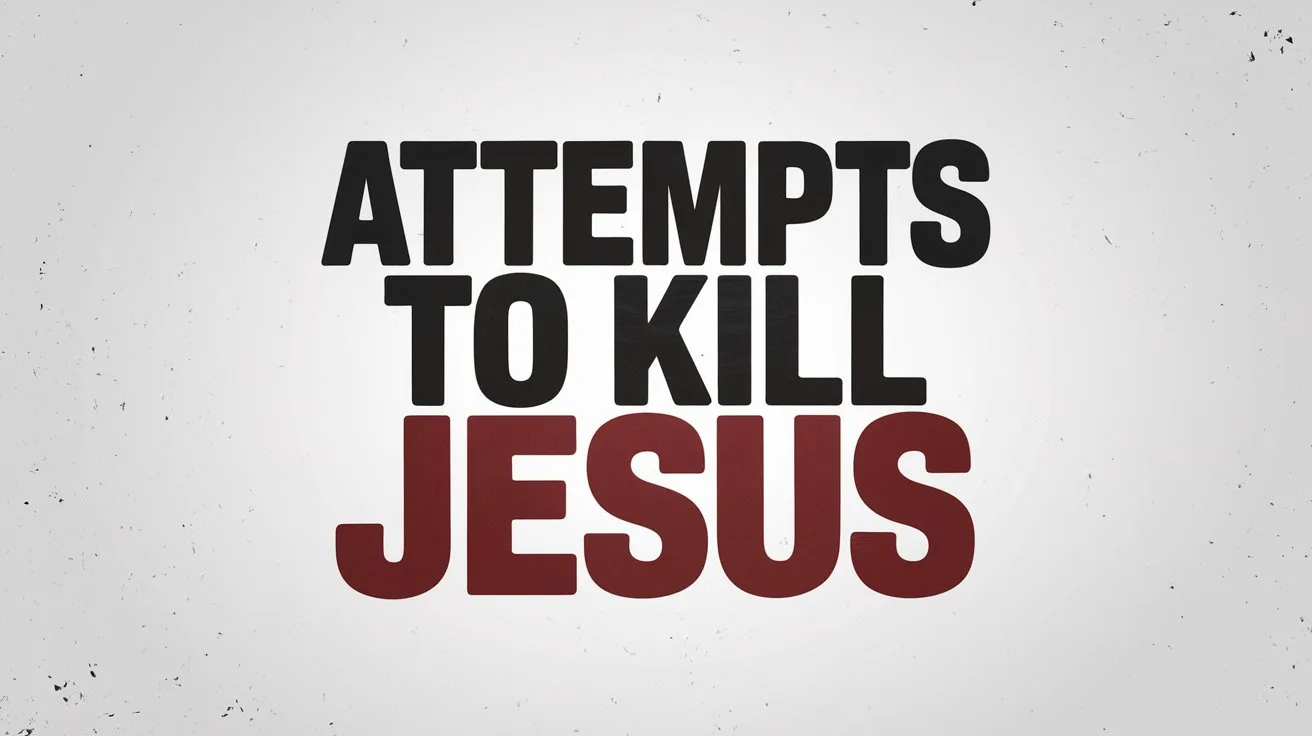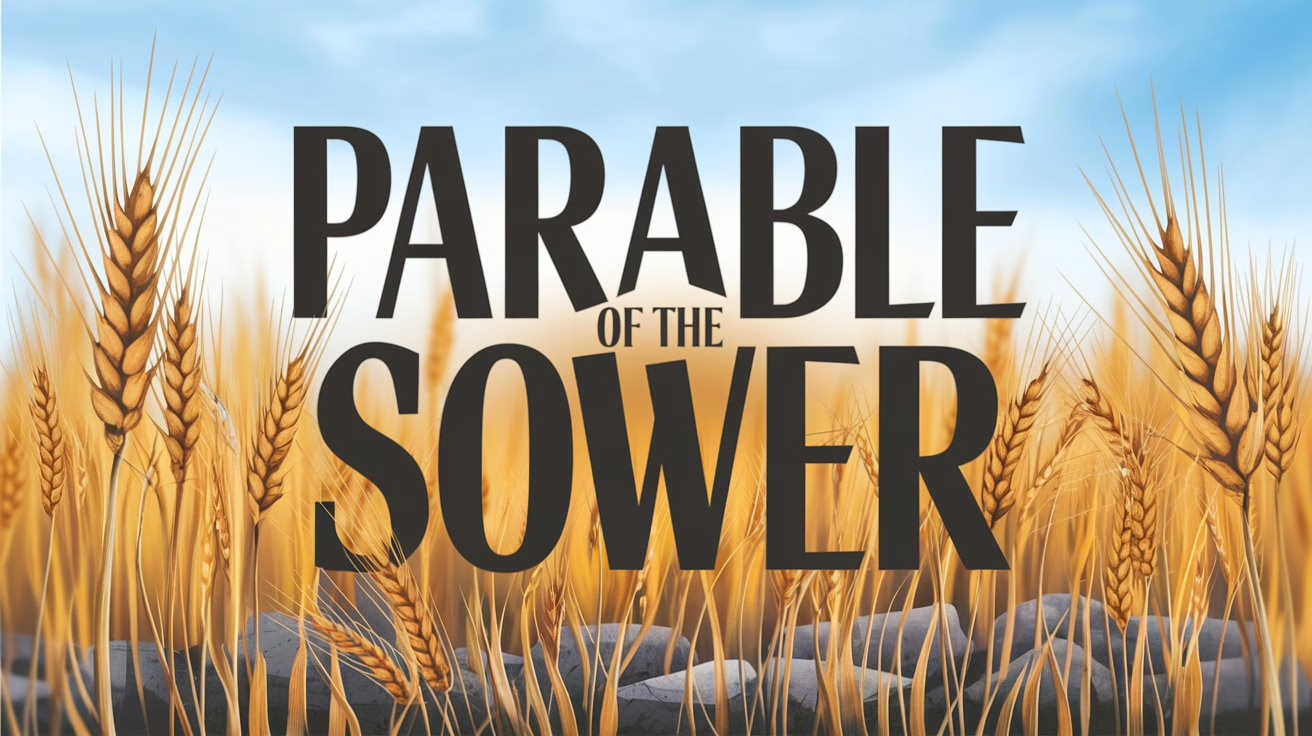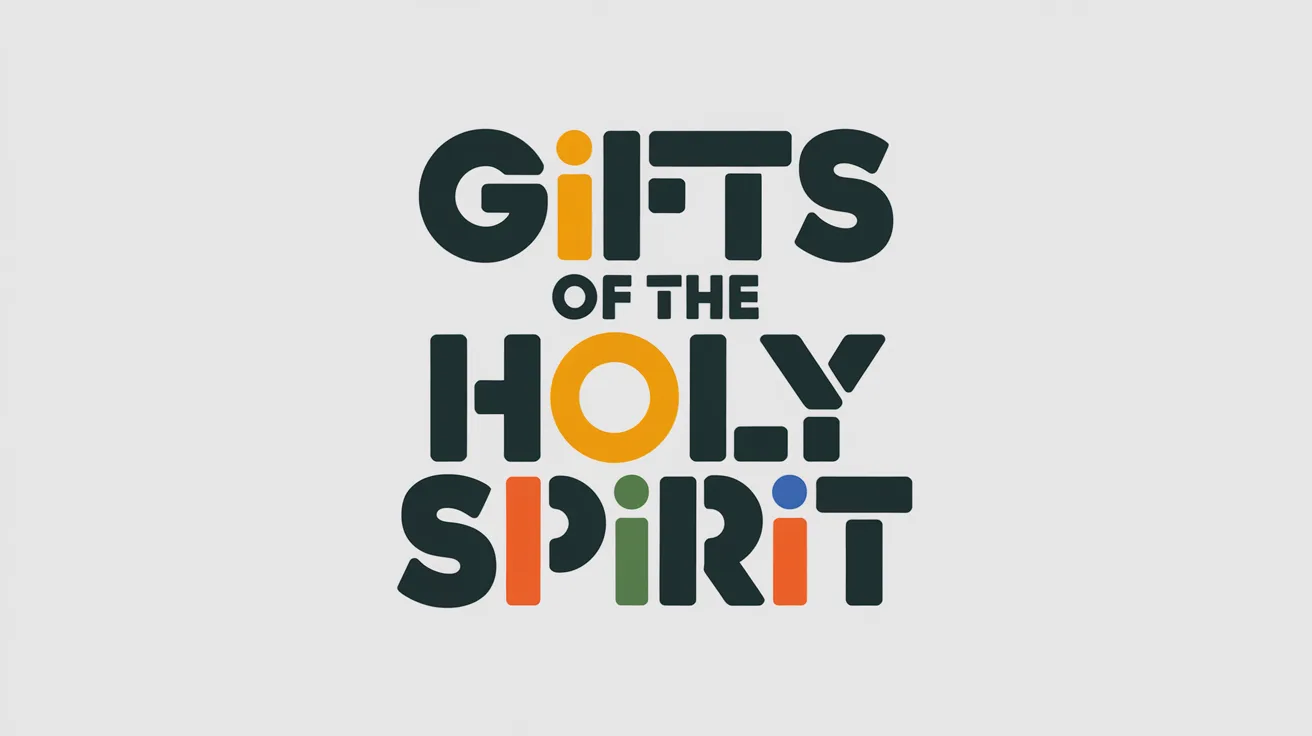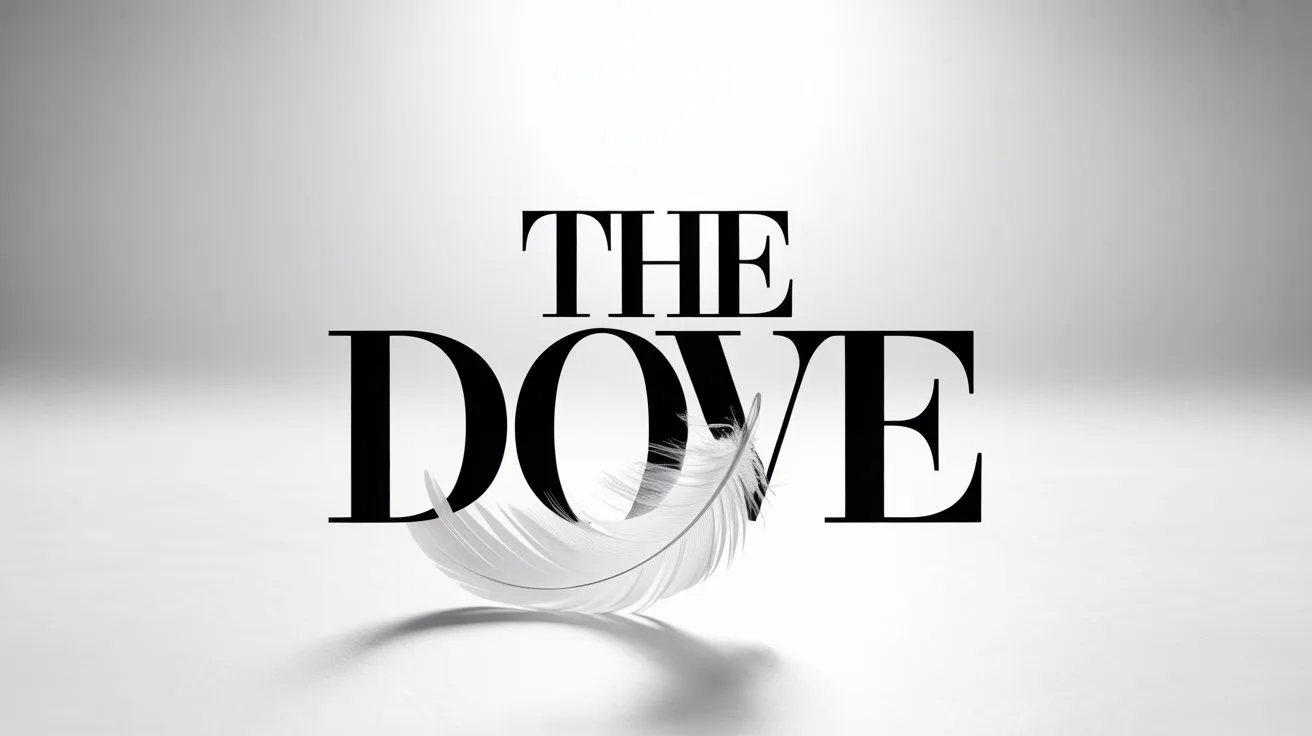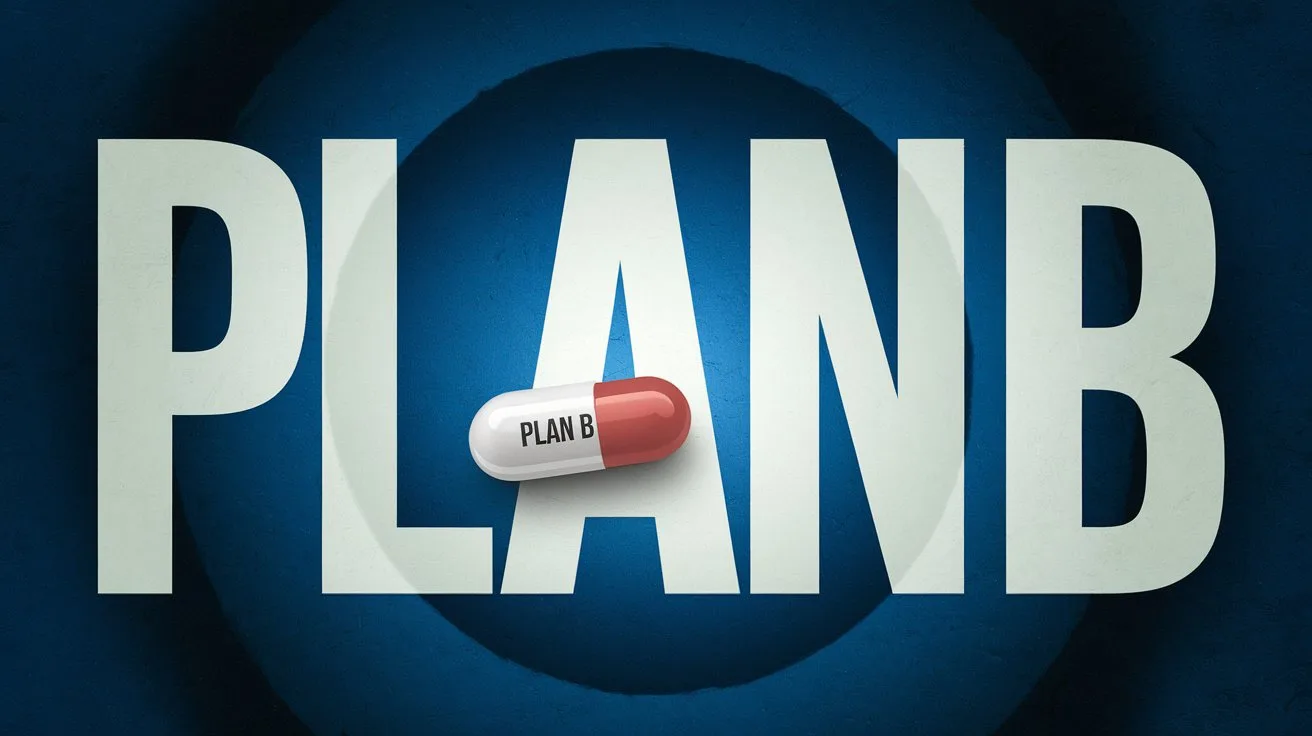The bread and wine at communion, instituted by Jesus at the Last Supper, represent His body and blood given for the redemption of sinners. Matthew 26:26-28 records, “And as they were eating, Jesus took bread, blessed and broke it, and gave it to the disciples and said, ‘Take, eat; this is My body.’ Then He took the cup… saying, ‘For this is My blood of the new covenant, which is shed for many for the remission of sins.’”
The bread symbolizes Christ’s body, broken for us. He was without sin, yet He bore the punishment we deserved. Isaiah 53:5 says, “But He was wounded for our transgressions, He was bruised for our iniquities.” The wine symbolizes His blood, which was poured out to establish the new covenant, fulfilling the law and providing atonement once for all (Hebrews 9:12).
Jesus commanded His followers to observe this ordinance in remembrance of Him. 1 Corinthians 11:24-25 emphasizes this: “Do this in remembrance of Me.” It is not merely a ritual, but a holy proclamation. 1 Corinthians 11:26 says, “For as often as you eat this bread and drink this cup, you proclaim the Lord’s death till He comes.”
Communion is a time of deep reflection, thanksgiving, and unity. Believers are to examine themselves, recognizing the body of the Lord with reverence (1 Corinthians 11:27-29). It reaffirms our covenant with Christ and one another, as members of His body.
The bread and wine do not become Christ’s body and blood physically, but they are powerful symbols that point to the once-for-all sacrifice of the Lamb of God, Jesus Christ, who takes away the sin of the world.


